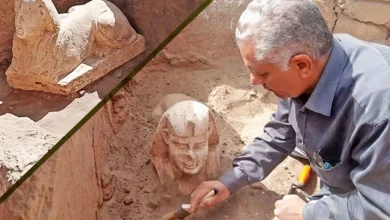How the great Armenian civilization fell: Interesting facts about Urartu
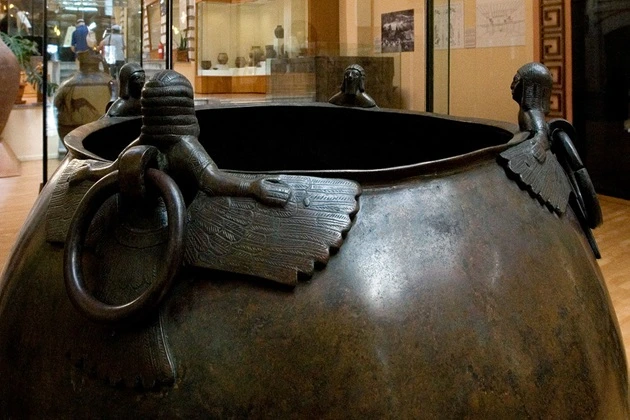
The Kingdom of Urartu was once a powerful ancient civilization located in the territory of modern Armenia, Turkey, and Iran. It flourished from the 9th to the 6th centuries BC. Its Mesopotamian and Egyptian counterparts have undeservedly overshadowed Urartu for a long time.
At the same time, this state has left behind a rich historical heritage confirmed by stunning archaeological wonders and incredible cultural achievements. How did the great civilization that influenced the development of all subsequent empires fall, and why did history practically forget it?
The origins and peak of Urartu’s development
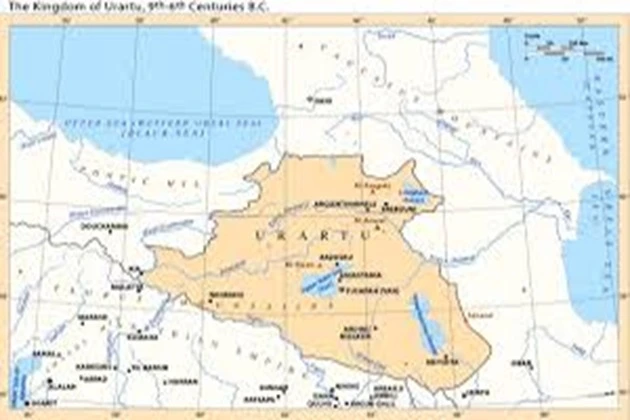
Urartu as an independent state first appeared around the 9th century BC. However, its origins extend much further. According to Assyrian inscriptions dating back to about 1200 BC, Uruatu originally referred to one of the Nairi states. Visit. A F R I N I K . C O M . For the full article. It was a confederation of small kingdoms and tribes in the Armenian Highlands between the 14th and 11th centuries BC.
The Nairi states were conquered by the Assyrian king Shalmaneser I (1274 BC) and then repeatedly attacked by the Middle and Neo-Assyrian Empires. Eventually, these kingdoms got tired of constant invasions and united in the 9th century BC, forming a single state of Urartu. Their first king was Aram, who founded his first capital in Suganiya and then the second in Arashakun. Unfortunately, Emperor Shalmaneser III captured both cities.
Despite all the wars, Urartu’s power grew rapidly. The territory was primarily fertile soils, well-irrigated by local rivers. Therefore, agriculture flourished. Wheat, barley, millet, rye, sesame, and flax were grown here. In addition, this region was one of the first in history to produce wine. Archaeologists have discovered the remains of plum, apple, cherry, quince, and pomegranate orchards here. The locals also successfully engaged in animal husbandry and raised sheep, goats, cattle, and horses. Local horse breeds were valued all over the continent. The local mountains were rich in gold, silver, copper, lead, iron, and tin, and the mining industry flourished.
In addition to all these natural resources, the kingdom of Urartu had excellent trade opportunities due to its convenient location at the intersection of major trade routes.
Of course, the kingdom’s riches attracted invaders, and Urartu had to defend itself endlessly from enemies. At its peak, the territory of this ancient, powerful state encompassed parts of modern Armenia, eastern Turkey, and northwestern Iran. The lands of Urartu stretched from the Caucasus Mountains in the north to the area of Lake Urmia in the south, encompassing the territories around the basin of Lake Van and extending to the upper reaches of the Tigris and Euphrates rivers in the west and east, respectively.
The state structure of Urartu
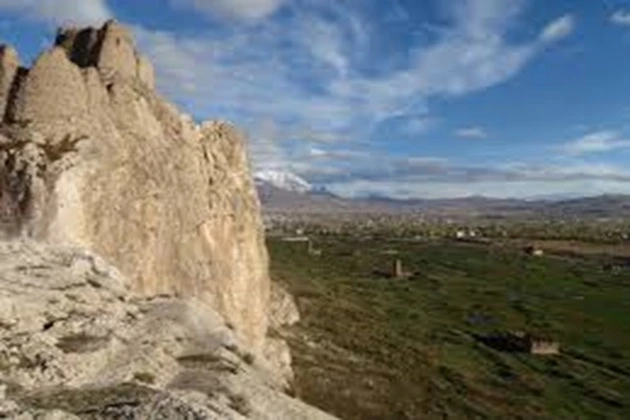
The state of Urartu was governed by monarchs with the help of advisers. The advisers were the kind of administrators who supervised all the processes: they supervised temples and were engaged in constructing extensive facilities such as roads, fortresses, and canals. The capital of Urartu was the fortress city of Tushpa. It was located on the eastern shore of Lake Van, the largest lake in modern Turkey. At its peak, Tushpa’s name was changed to Van, and it was home to about 50,000 people. The pearl of the city was the stunning royal necropolis carved into the mountain on which the city rested.
Governors governed the regions. They administered justice and collected taxes administered justice, collected taxes, and obeyed the king. Of course, not everything was so beautiful, and the kings of Urartu were quite cruel to the conquered tribes. It would be good if they were allowed to become tributaries and not destroyed or made slaves.
The kingdom of Urartu had a powerful army
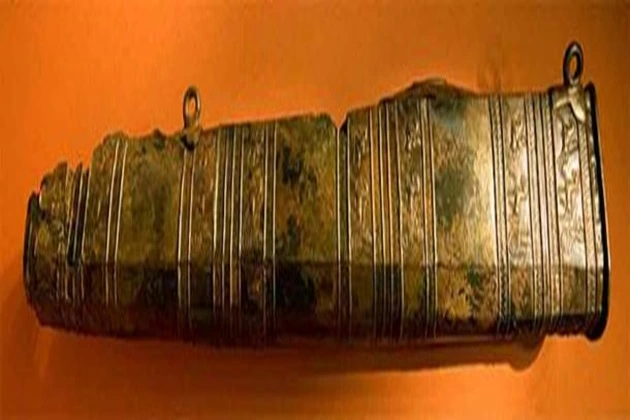
Urartu’s army was quite powerful. Tsars led it. The soldiers were armed with iron and bronze swords, bows, and spears. They were well-equipped for that time. The warriors had heavy shields decorated with images of various mythical creatures. The elite wore scaled chain mail and powerful helmets. The number of troops reached 120,000.
The state’s military power was ensured by the fact that all able-bodied men had to serve in the army. The army was reinforced by professional, specially trained soldiers. In addition, vassal and allied states provided military assistance. The Urartu army skillfully used chariots in battles, which is not surprising because their horses were considered the best. They won many victories over the Assyrians, Cimmerians, Scythians, and Medes. Urartu has been at war for most of its existence.
The Religion of Urartu
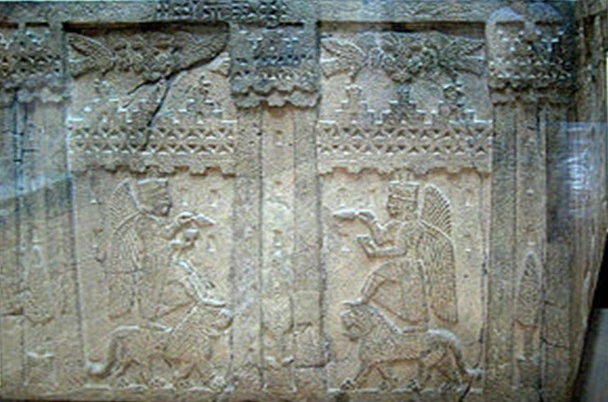
The peoples of Urartu worshiped a mixed pantheon of gods. Some were exclusively Hurrian gods, while others originated from the Akkadian, Armenian, and Hittite pantheons. In the middle of the 9th century BC, King Ishpuini encouraged the worship of a triad led by the supreme god Haldi, along with Pepas (god of storms, war, and thunder) and Shivini (god of the Sun). Rich temples were built to honor the supreme deity Khaldi, which stood out with their square towers.
The king was the high priest. The gods were revered, offerings were made, and wars were waged in their honor. As new peoples were conquered, the pantheon of Urartian gods was replenished. Subsequently, the Romans did so.
Culture

The Kingdom of Urartu has left behind a rich cultural heritage in the form of ceramics and jewelry, luxurious weapons, sculptures, and wall paintings. These images usually depicted animals, mythical creatures, gods, and scenes from everyday life. The backgrounds were usually white, and the shapes were drawn with black outlines using blue and red colors.
Urartu was famous for its skilled artisans, who produced everything from gold jewelry to horse bits, helmets, buckles, and intricate bronze and copper chandeliers.
Unfortunately, no large stone sculptures have been preserved, but many bronze ones have. They show that, despite the fact that the Assyrians were enemies, they strongly influenced the art of Urartu. This can be seen by the choice of themes—lions, bulls, griffins, and so on. For a nation with a strong army, it is not surprising that military themes prevailed in Urartian art.
Religious art also formed a significant part of Urartu’s culture. The main gods were often depicted as bronze figures, while the lesser deities were usually carved from bone. The appearance of these now unnamed idols can be pretty strange, as they often take the form of human-animal hybrids, such as the Scorpio man and fish man. As for language and writing, the Urartians initially wrote in simple pictographs, but they adopted cuneiform from the Mesopotamians over time. Their language is related to Hurrian, and these two languages most likely have a common ancestor. Although most of the Urartian culture was lost after the fall of the kingdom, its language proved surprisingly durable.
The Decline and Fall of a Prosperous Kingdom
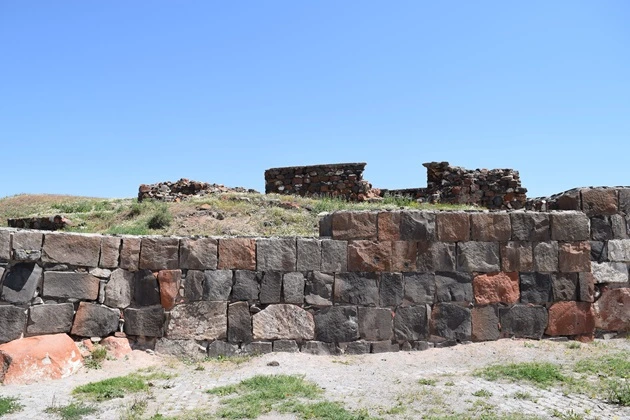
Despite all its power, wealth, and apparent prosperity, the kingdom of Urartu did not last long. It ended between the end of the seventh and the beginning of the sixth centuries BC. This end was incredibly bloody and mysterious. To this day, scientists do not know who caused the decline of this powerful civilization.
Constant wars with the Assyrians gradually weakened the state. At some point, an unknown enemy dealt Urartu a decisive blow, devastating its cities and destroying the inhabitants. It is not known what kind of people they were. Archaeologists have found triangular arrowheads in destroyed Urartian cities, which may indicate a Scythian attack. At the same time, the cities were burned to the ground, and the granaries were filled to capacity. This means that the attack was unexpected; there was no siege. Valuables and weapons were also thrown.
After that, the Medes captured the territories of Urartu. Subsequently, these lands became part of the Achaemenid Empire under Cyrus the Great in the middle of the 6th century BC.
Thus, the kingdom of Urartu disappeared not only from maps but also from people’s memories. Only the language that survived until Hellenistic times remained. The names of cities lasted even longer, and some are still in use today. Urartu remained forgotten until the 19th century, when archaeologists unearthed its magnificent cities, temples, and artifacts, bringing the ancient, powerful state back into the spotlight and emphasizing its importance as an outstanding regional culture of the Bronze Age. Thanks to these discoveries, the heritage of Urartu is preserved, offering invaluable information about the complexities of ancient societies and enriching our understanding of history.


